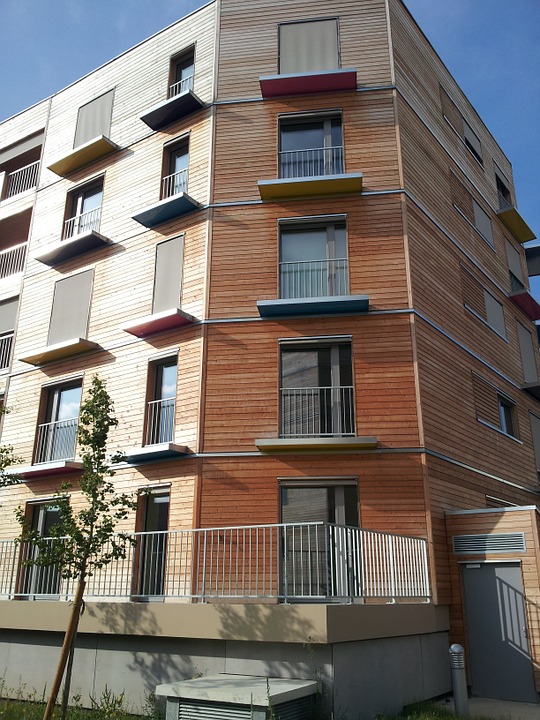5 architectural considerations for timber cladding
Timber cladding adds a unique, modern touch for residential and commercial buildings. Its recent growth in popularity can be credited to its aesthetic appeal, durability, distinctive texture and classic warmth. There are numerous timber cladding options on the market with a variety of colours, textures, and designs for all preferences. If you are considering using […]

Timber cladding adds a unique, modern touch to residential and commercial buildings. Its recent growth in popularity can be credited to its aesthetic appeal, durability, distinctive texture and classic warmth.
There are numerous timber cladding options on the market with a variety of colours, textures, and designs for all preferences. If you are considering using timber cladding on your next project, check out the answers to these frequently asked questions.
Which timber species perform well as external claddings in the W.A. climate?
There are a few factors to consider. Equilibrium moisture contents vary in the Perth climate from 6% up to 16% season to season, location to location. This poses a concern for movement and expansion, particularly for hardwood cladding, due to the uptake and release of moisture from the timber itself.
Using H3 thermally modified products that are more dimensionally stable will help prevent any potential issues of cupping and excessive movement.
Recycled Hardwood timber claddings can also be used with greater confidence, as the product has already been subjected to the weathering elements.
What coating should we use, and how regularly does our client need to perform maintenance on the timber cladding?
Penetrating oil coatings should be used; these eliminate the risk of any future peeling or cracking of the coating. Pre-coating the cladding all around is a must and is usually done in the factory, followed by one to two further coats on site. All cut and exposed ends should be sealed with at least three coats to prevent any potential tannin leaching (unsightly rust-type stains on light surfaces directly below the cladding).
If the client wishes to perform minimal maintenance, using a pre-greyed/aged product will reduce the maintenance required considerably compared to attempting to retain the colour of natural timber.
This pre-greyed colour is even across the project from the beginning and is perfect for use in the WA climate, where UV exposure is at extreme levels, especially on any west-facing elevations. Re-coat intervals can then vary from four to seven years, depending on the extent of the UV exposure.
It is important to know that claddings are okay to be left to grey. Around 80% of all of our timber cladding projects are left to age naturally.
The greying process is naturally occurring and offers reduced maintenance as well as a unique look.
What detail do we use for the top, bottom and corners?
Allowing a 15-degree cut on the bottom of the cladding will produce a drip line for water and help to prevent end splitting.
The top detail will need flashing to make sure all the ends are well-sealed and protected from the weather.
Various corner details are available — from an angular, linear look to a classic cottage feel.
Can we have the timber cladding provided in one length to alleviate any joins?
When specifying horizontal cladding, random lengths from 1.8 to 4.8 metres are used to accommodate the longer spans of external walls.
When specifying vertical cladding, set lengths can be achieved in most species up to 4.8 metres in length, which should accommodate most projects. Additional surcharges will apply to some species for set lengths.
Can we match other timber applications to the cladding?
This is possible if we use the same coating and the application is exposed to the same UV light and weather, e.g. timber gates, screening and other landscape applications.
If the timber is indoors, contrasting timber is usually used to compliment the cladding, as this will tend to retain its natural colour better due to lack of UV light exposure.
Other considerations
- Using a textured finish will help promote the uptake of the coating used and will also help deflect the UV light, in turn reducing the weathering process.
- Finishes commonly available are a fine band-sawn or a hand-brushed finish.
- Using a good negative, detailed, secret fix cladding profile will help reduce any potential movement issues.
If you would like more information on timber cladding or if you have any questions, please contact Austim today.